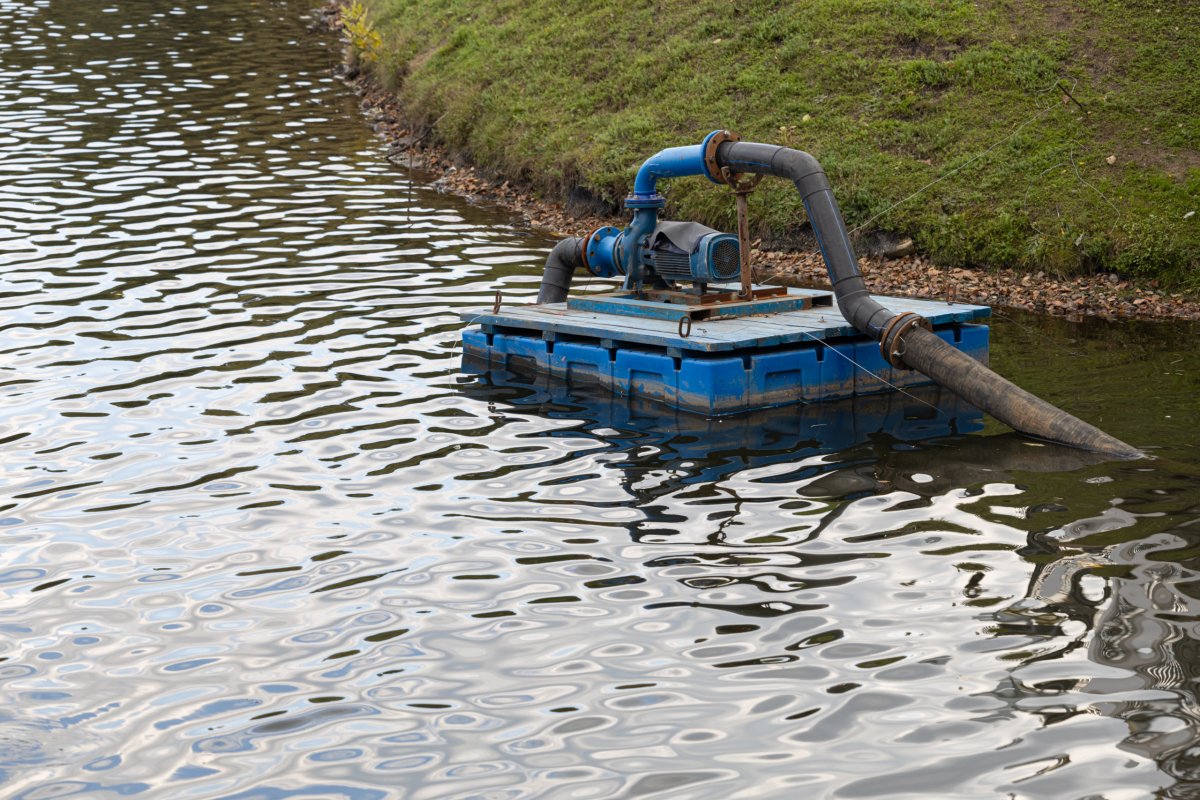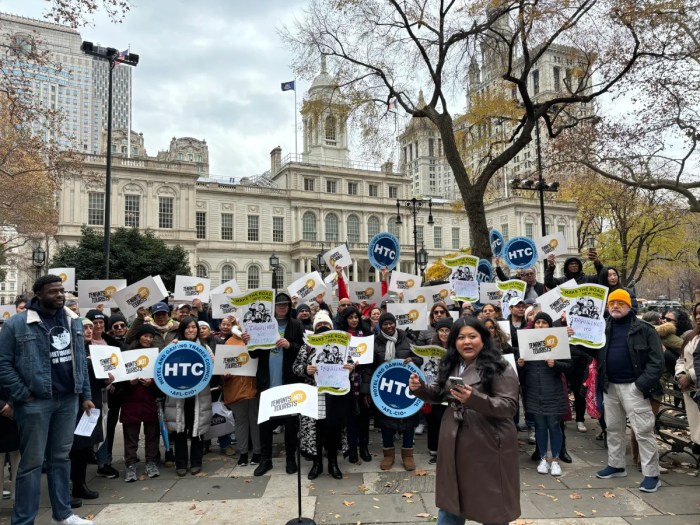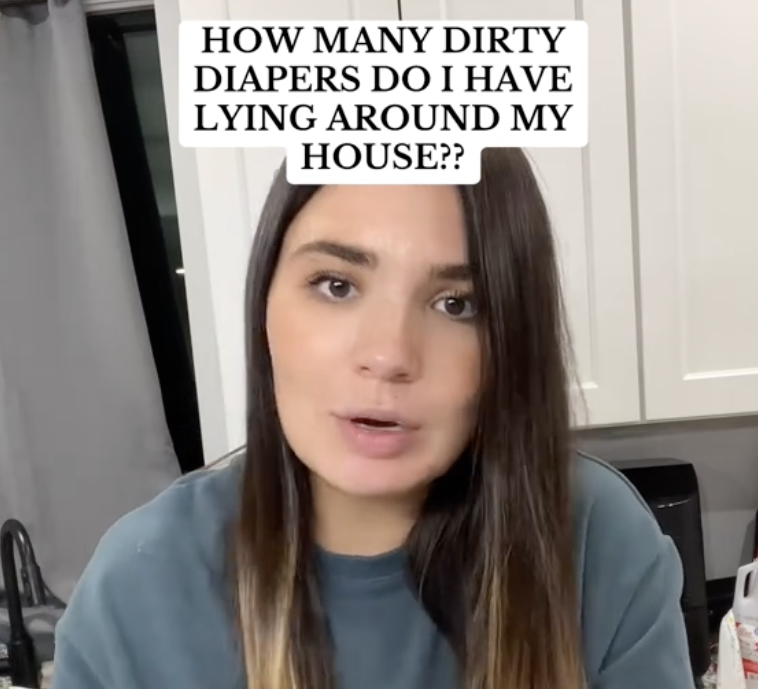A bill sponsored by Councilman James Gennaro to provide financial assistance to qualified homeowners for the purchase and installation of backwater valves to mitigate flooding was unanimously passed by the City Council on Wednesday, Dec. 7.
Gennaro is the bill’s first sponsor and Brooklyn Councilman Justin Brannan authored the bill. A total of 18 council members sponsored the legislation ahead of the slated meeting on Dec. 7. The legislation will provide much-needed relief to homeowners across the city, Gennaro said.
“This is welcome news for my constituents – many of whom repeatedly experience property damage as a result of backflow during heavy rainfall. Backwater valves are a crucial tool to mitigate damage from wastewater backing up into homes,” said Gennaro, chair of the City Council’s Committee on Environmental Protection.
Brannan said he can’t wait for the program to get up and running and to start making a difference in neighborhoods.
“Government is at its best when it reaches toward big, bold action while, at the same time, sweating the small stuff that makes a difference in the lives of hardworking New Yorkers,” Brannan said. “The idea of making these flooding-protective valves more accessible and affordable for homeowners came as much out of the hyperlocal concerns of my neighbors as it did out of my former citywide role as Waterfronts & Resiliency chair.”
The bill (Intro 0076-2022) requires the city Department of Environmental Protection (DEP), in consultation with other agencies as designated by the mayor, to complete a study that evaluates where backwater valves should be installed to mitigate flooding damage due to extreme weather events.
A backwater valve is a backflow prevention device used to prevent outbound water through a dwelling’s drain pipes from reentering — ‘back flowing’ — into a home. The valve contains a flap that allows water to exit the home, but closes to prevent backflow into the home.
Data from this study would ultimately determine which homeowners would qualify for the financial assistance program. The study must be completed by Dec. 1, 2024, and the financial assistance program (subject to appropriation) must be set up no later than April 1, 2025.
This bill would also require DEP to prioritize neighborhoods regularly affected by backflow events and conduct outreach and education to property owners about the benefits of backwater valves.
In addition to mitigating damage in homes, backflow prevention devices prevent contaminated water or chemicals from flowing back into the public drinking water supply system. Certain types of properties are legally mandated to install and operate backflow prevention devices.
For very small buildings (one-story), installation should cost between $3,000 and $5,000. For small buildings (two-story), installation should cost between $3,750 and $5,500.
For small to midsize buildings (car washes, laundromats, small manufacturers), installation should cost between $5,000 and $7,000. For mid-size buildings (office complexes, large manufacturers or department stores), installation should cost between $7,500 and $13,000. And for large buildings (high-rises, hospitals), installation should cost between $14,000 and $34,000.




































